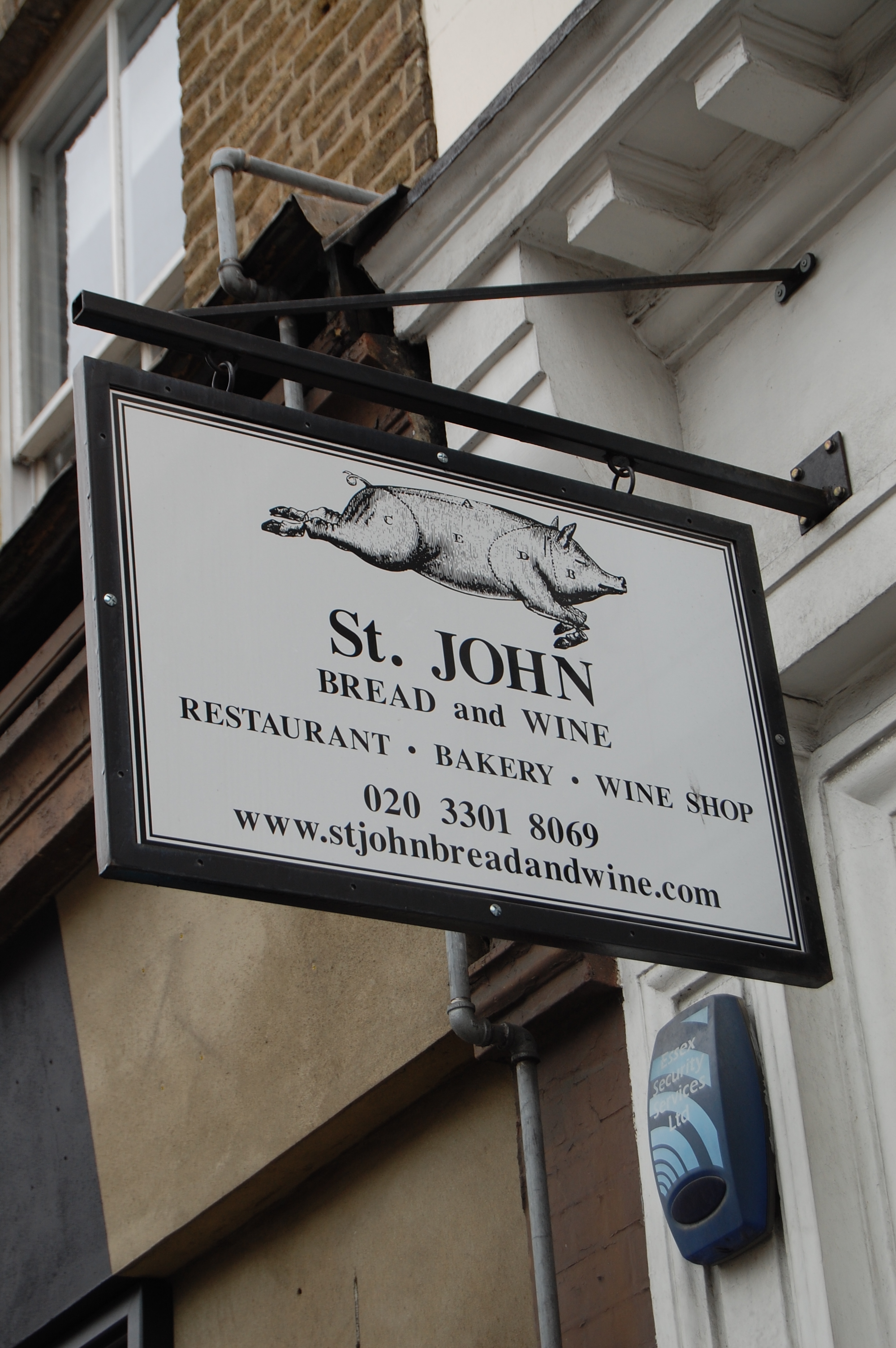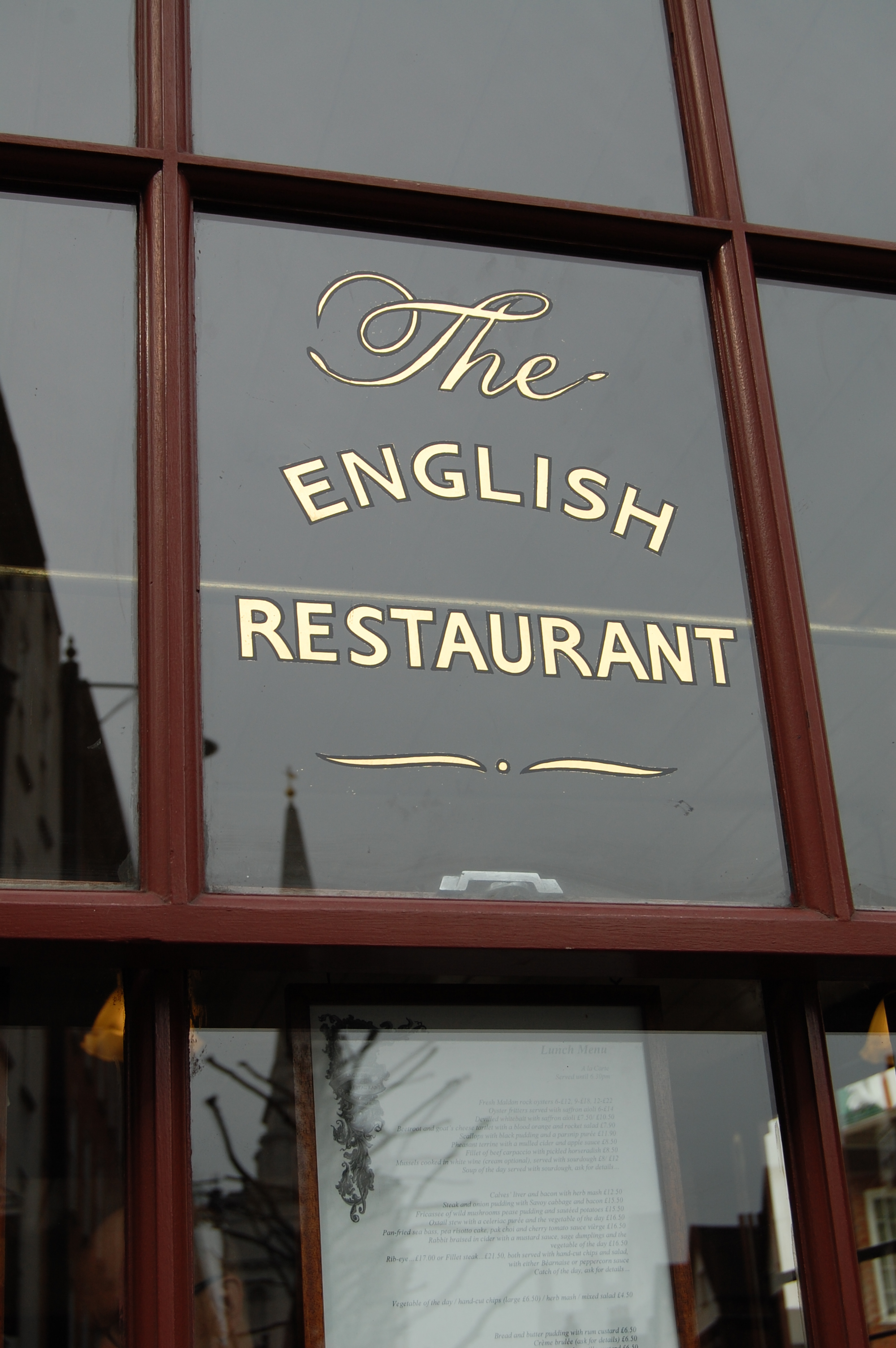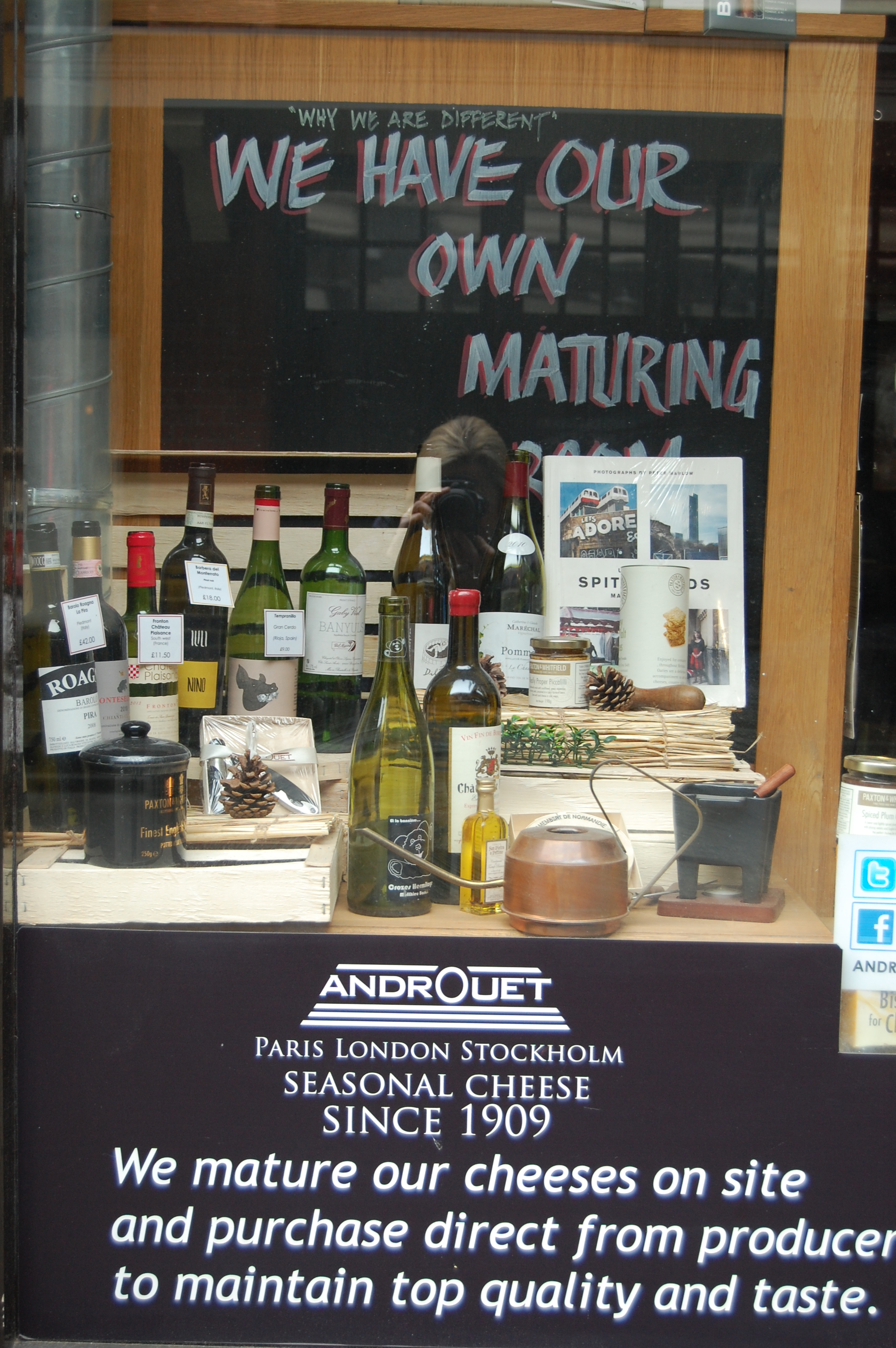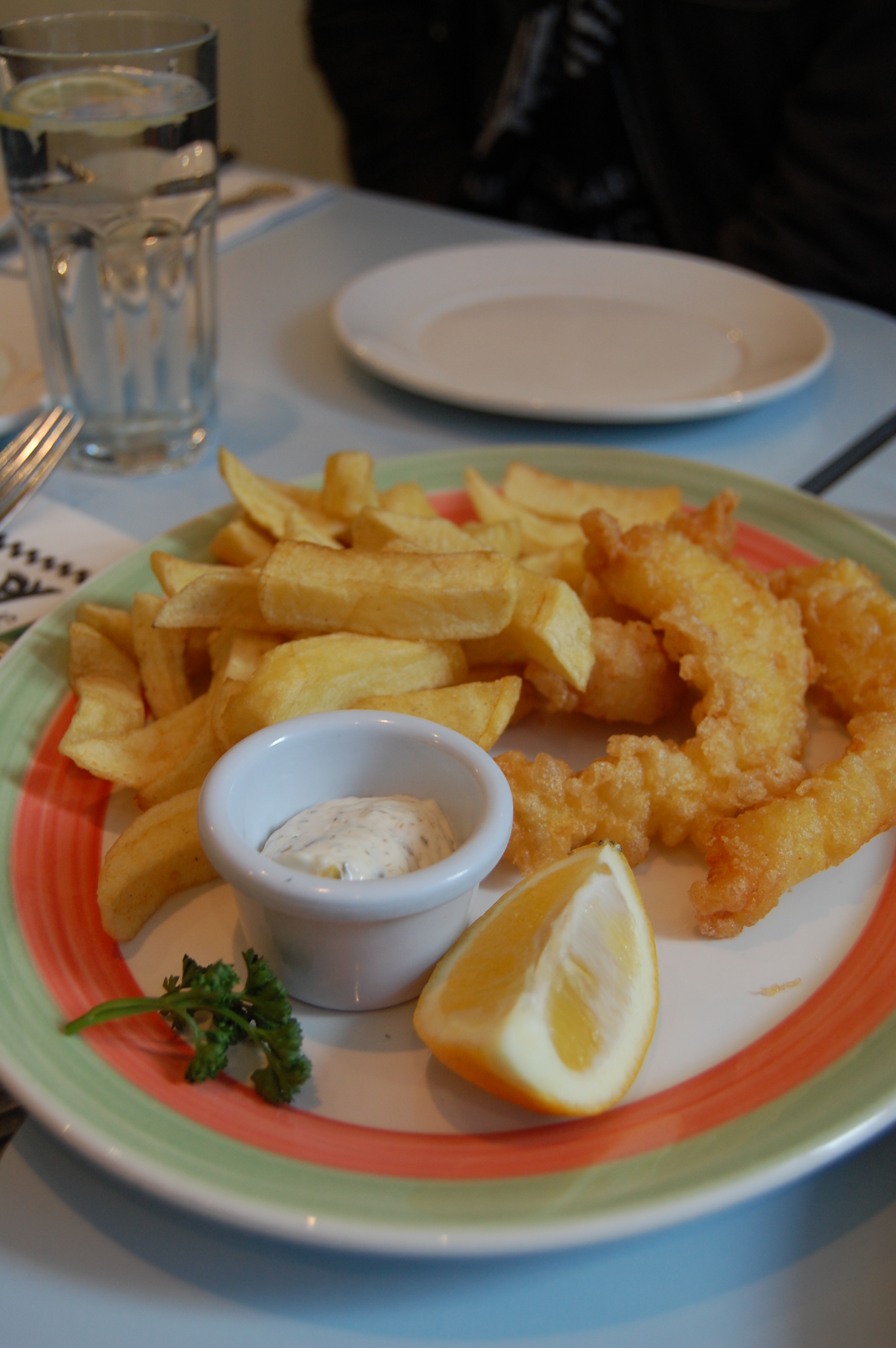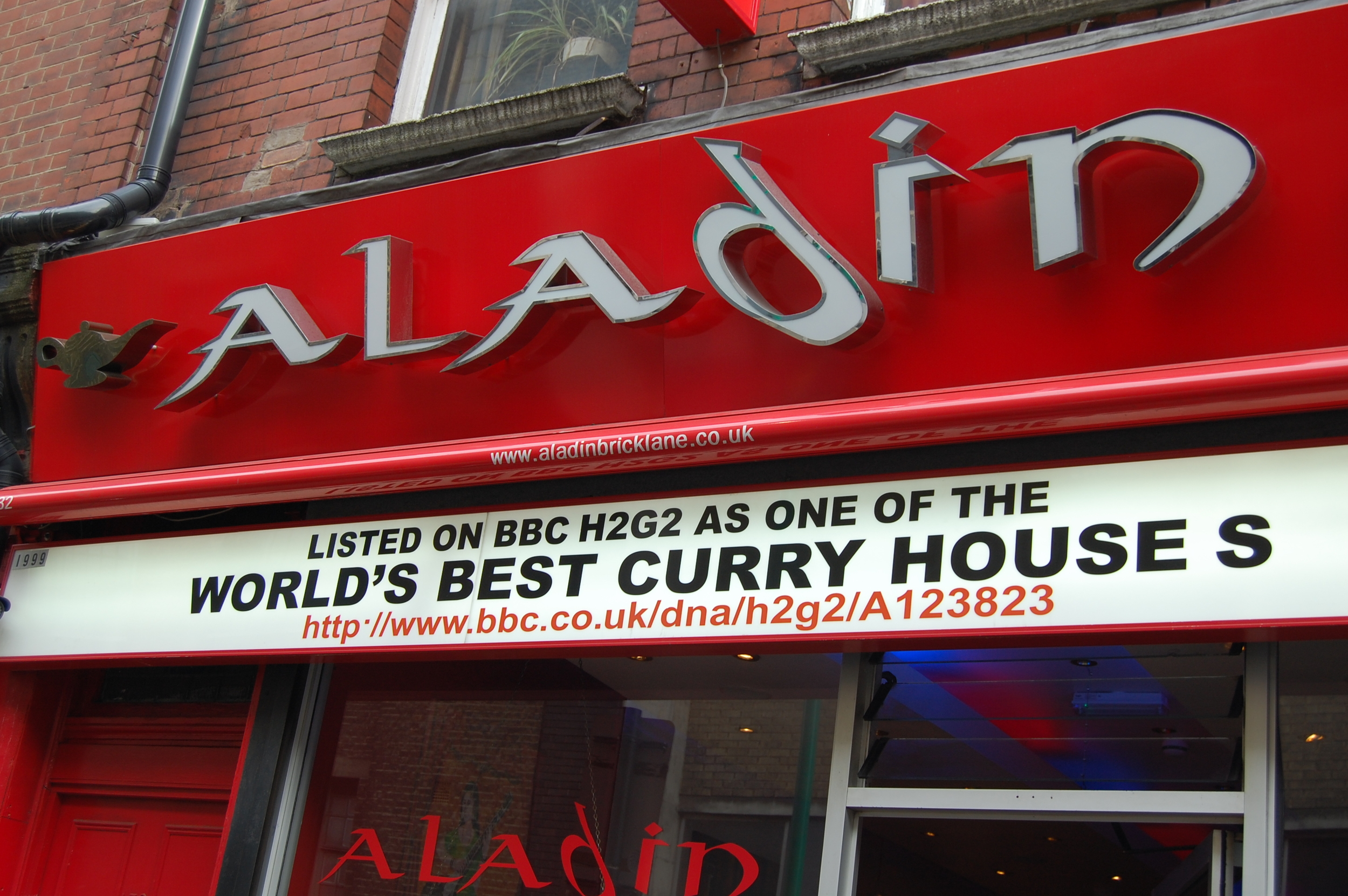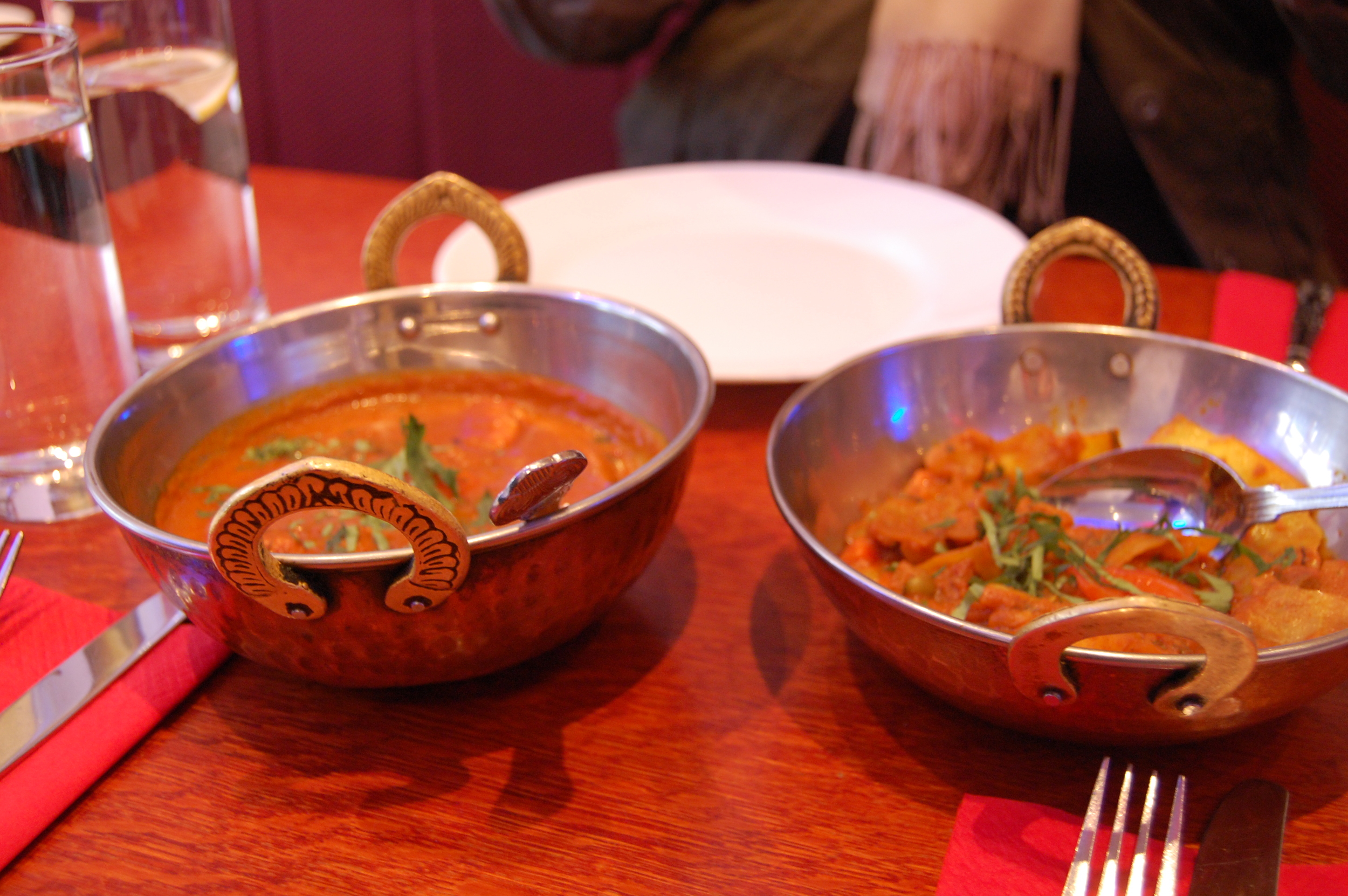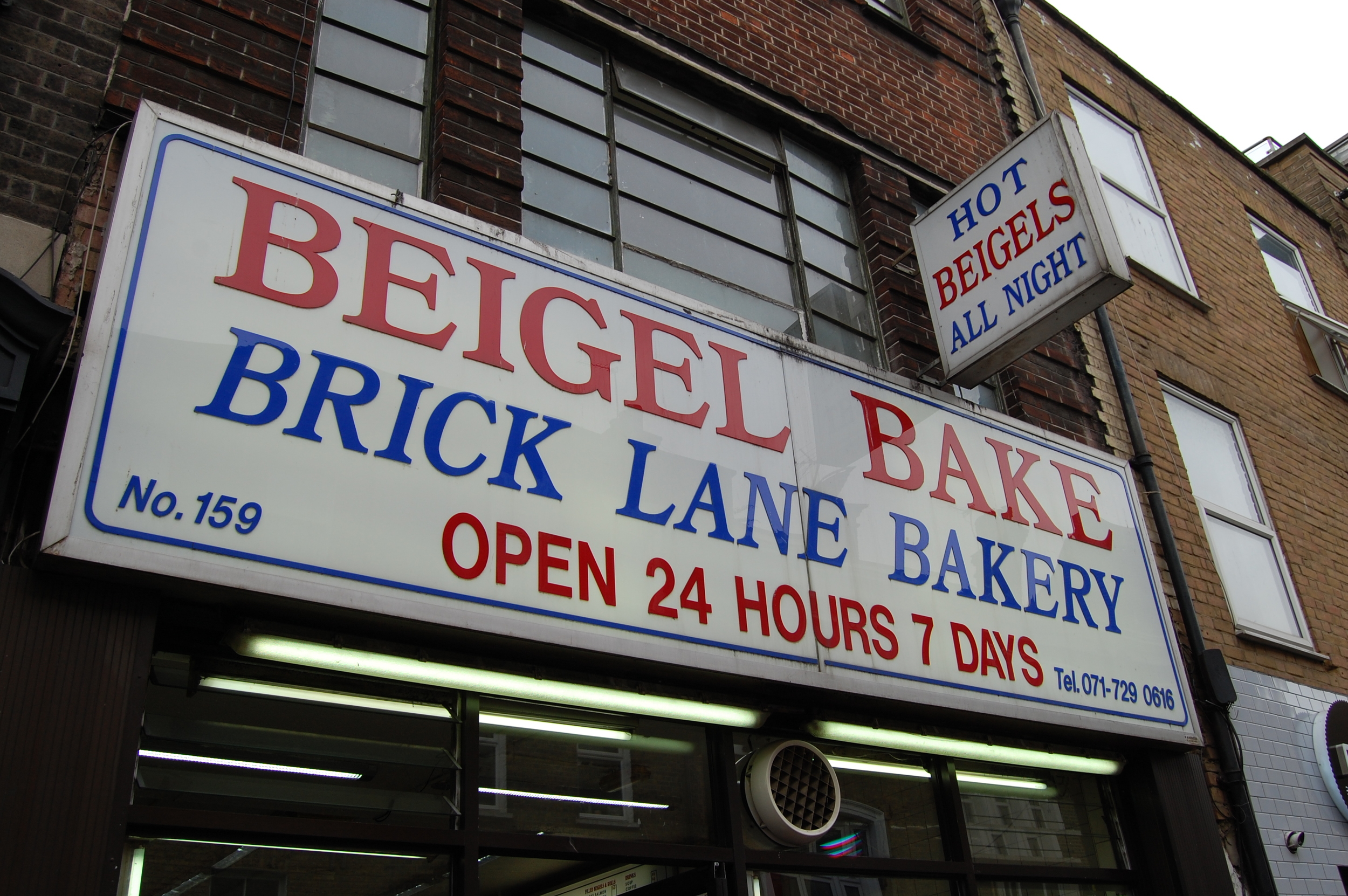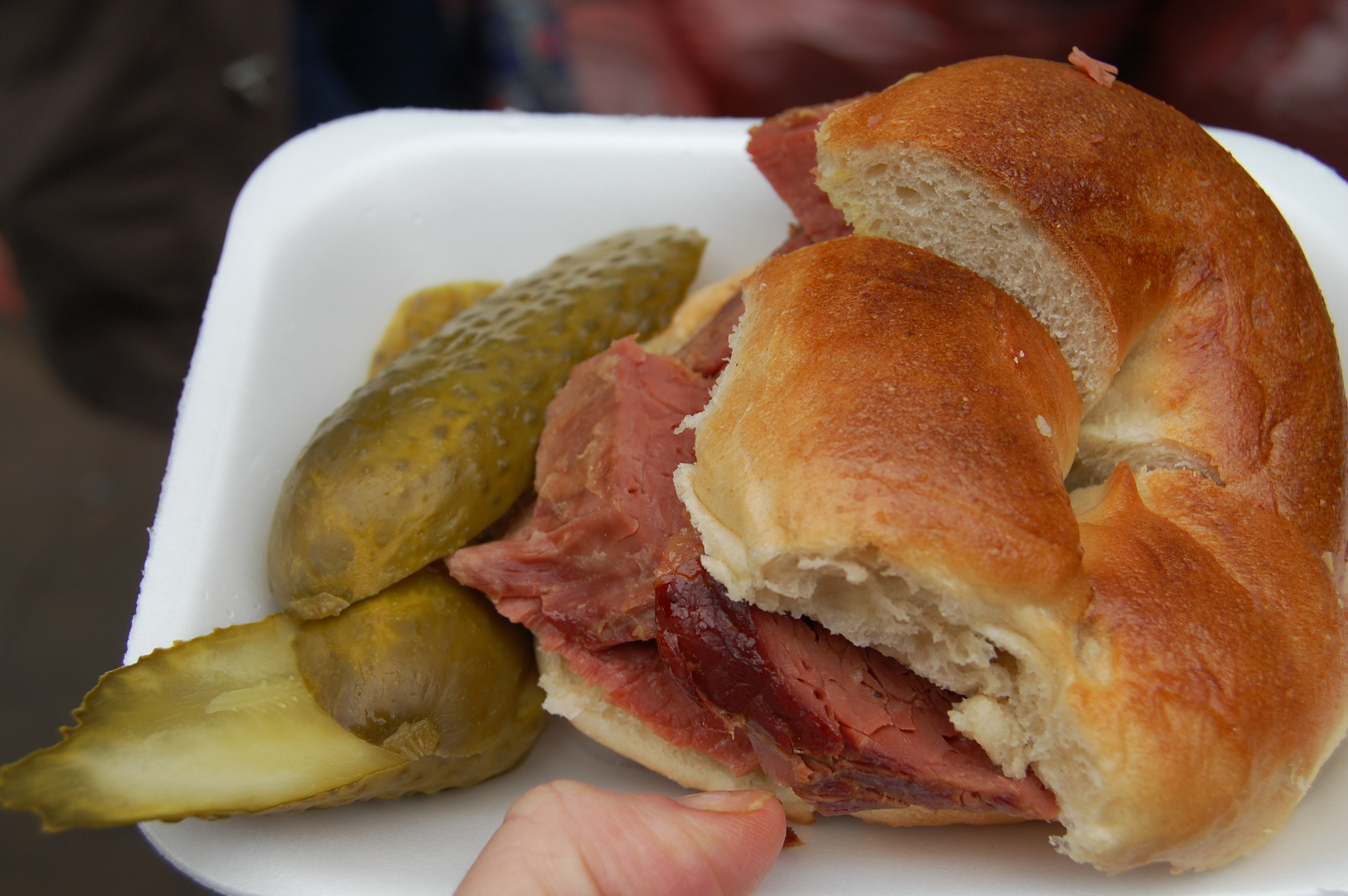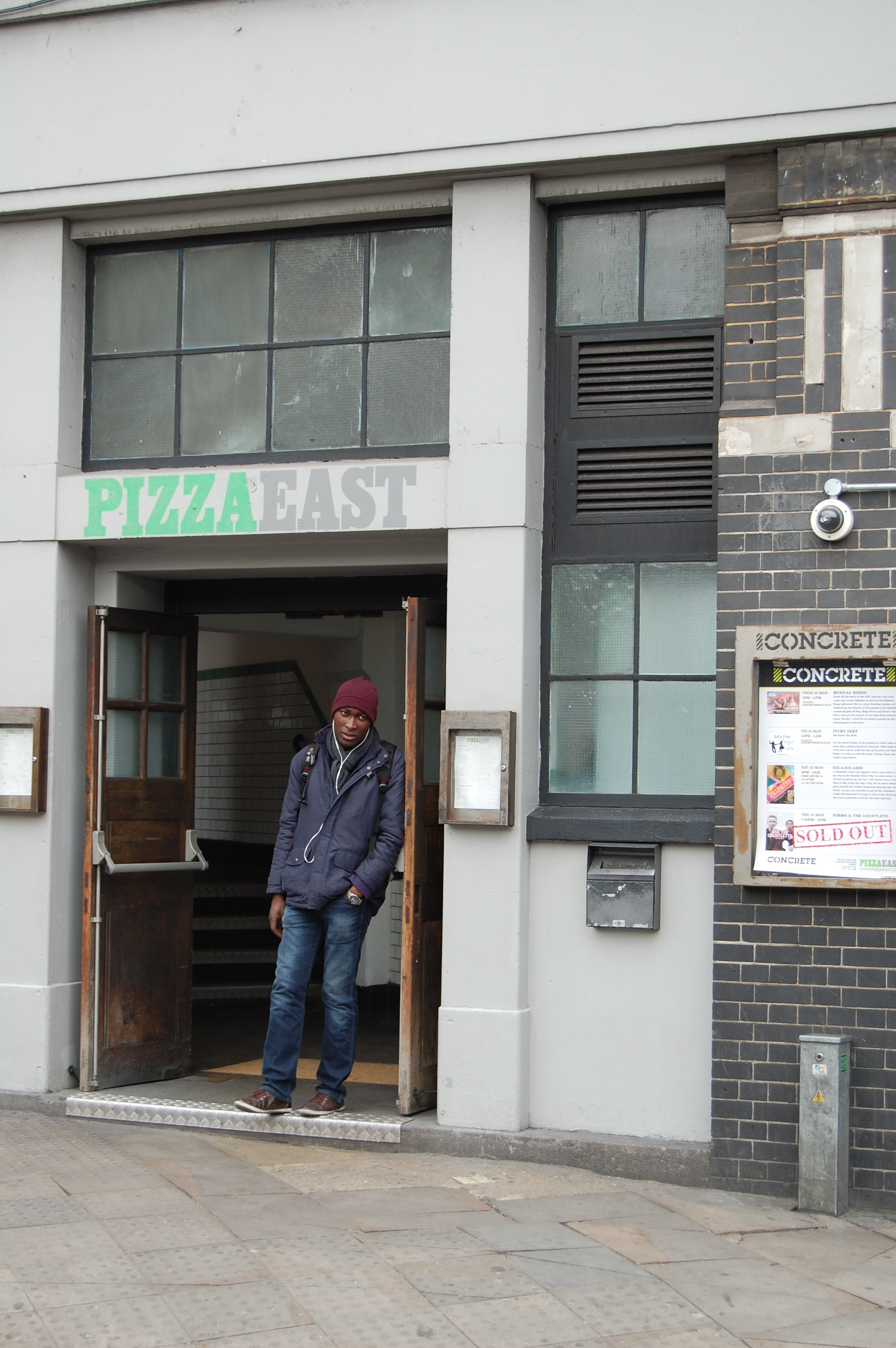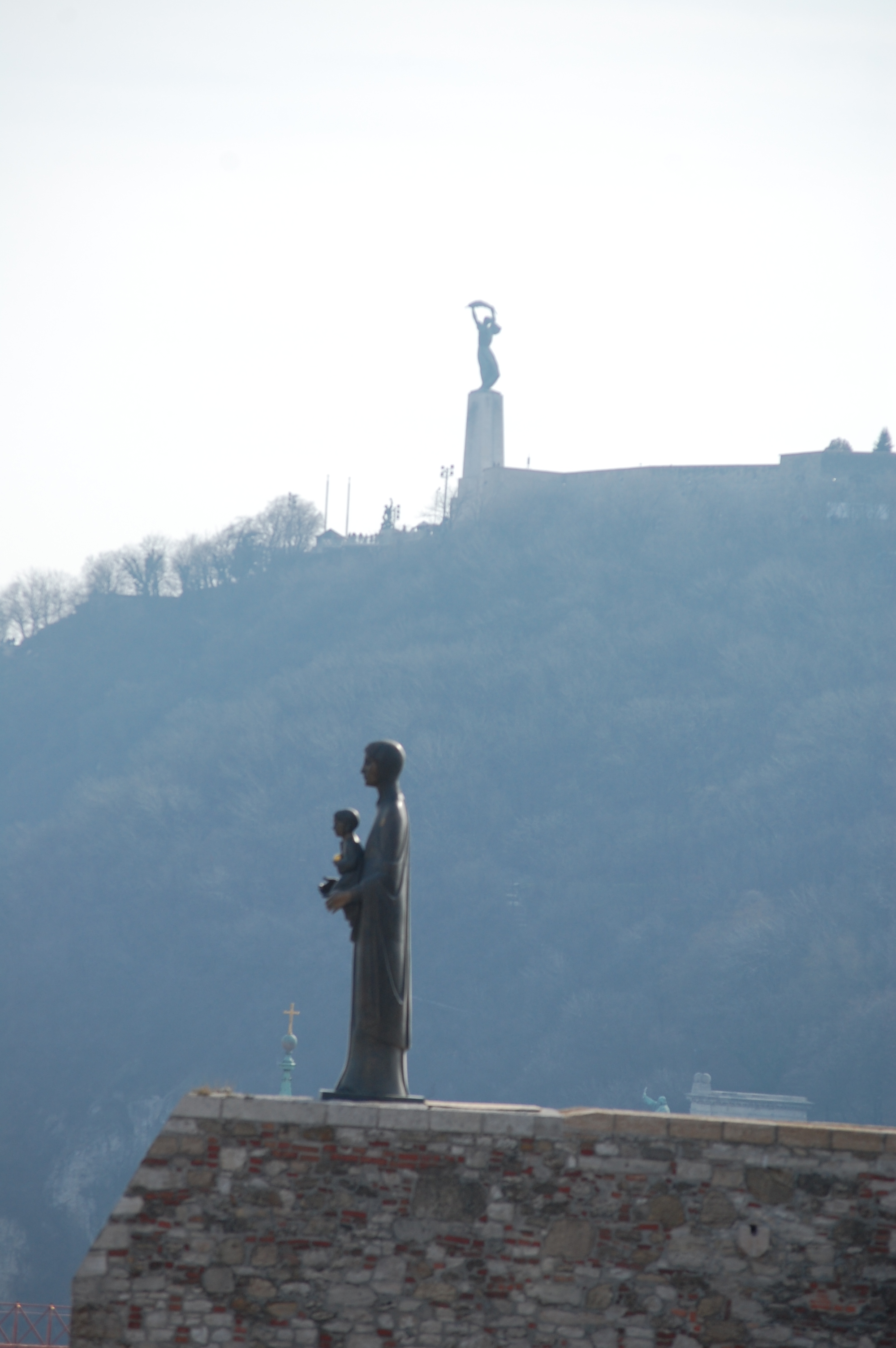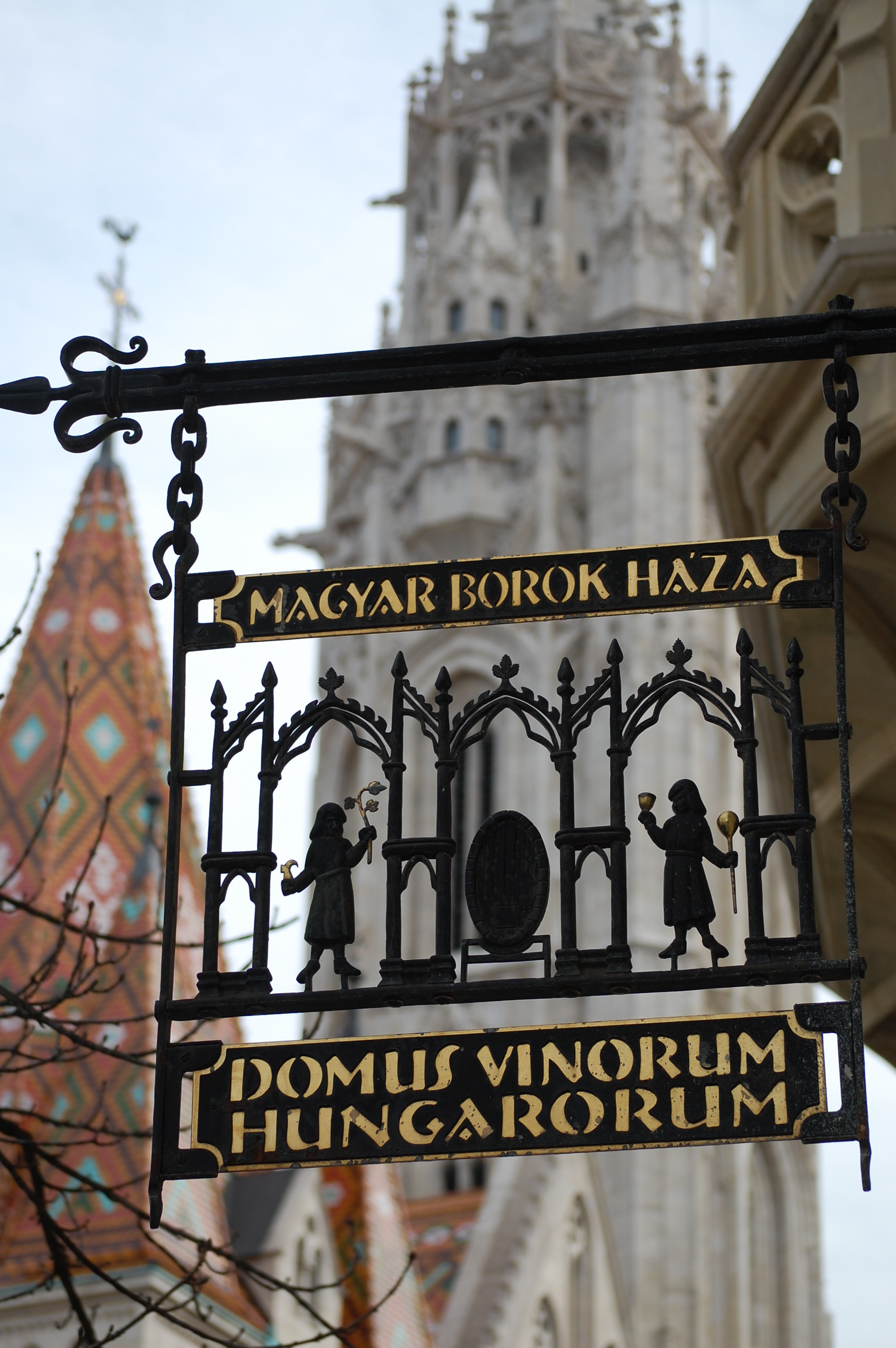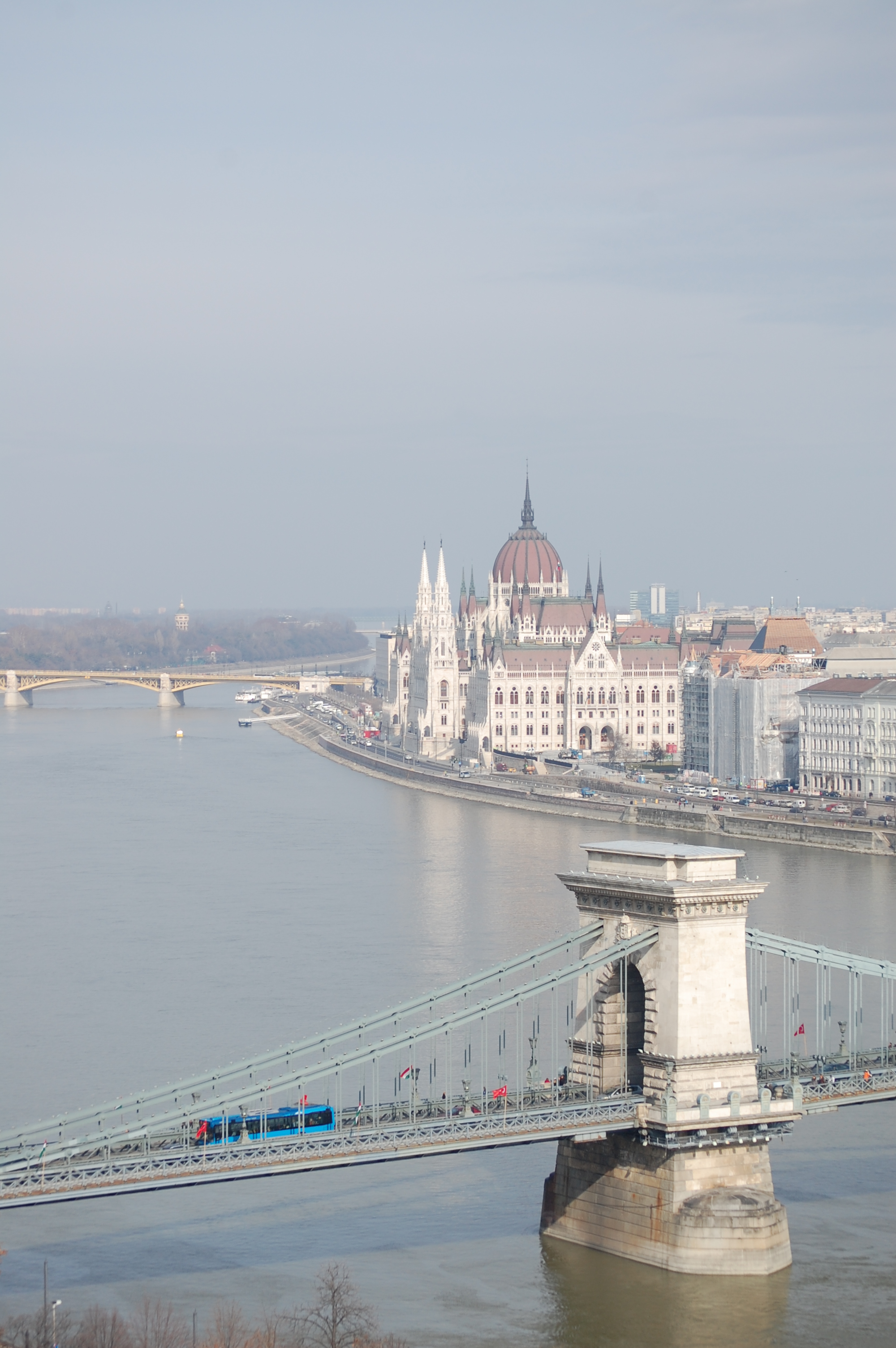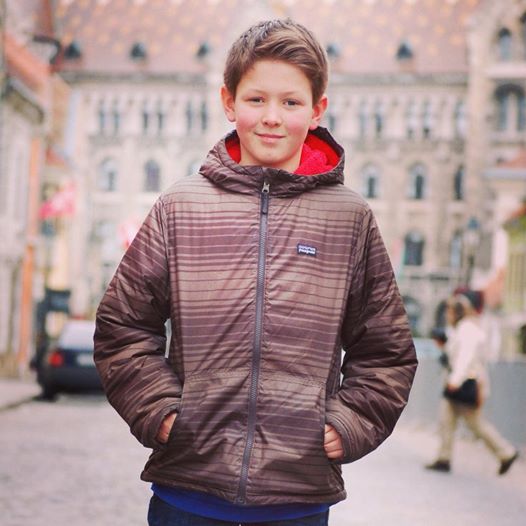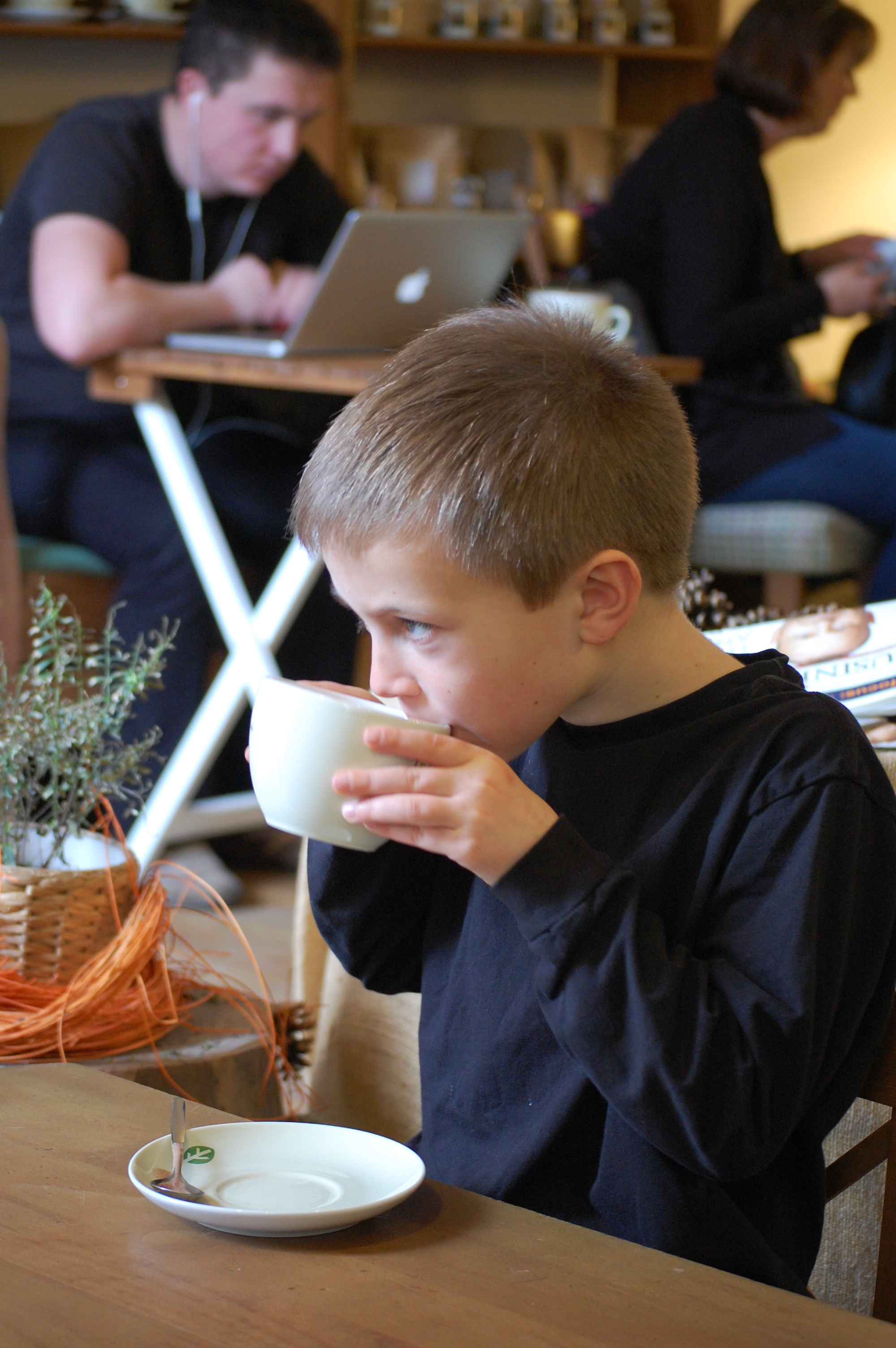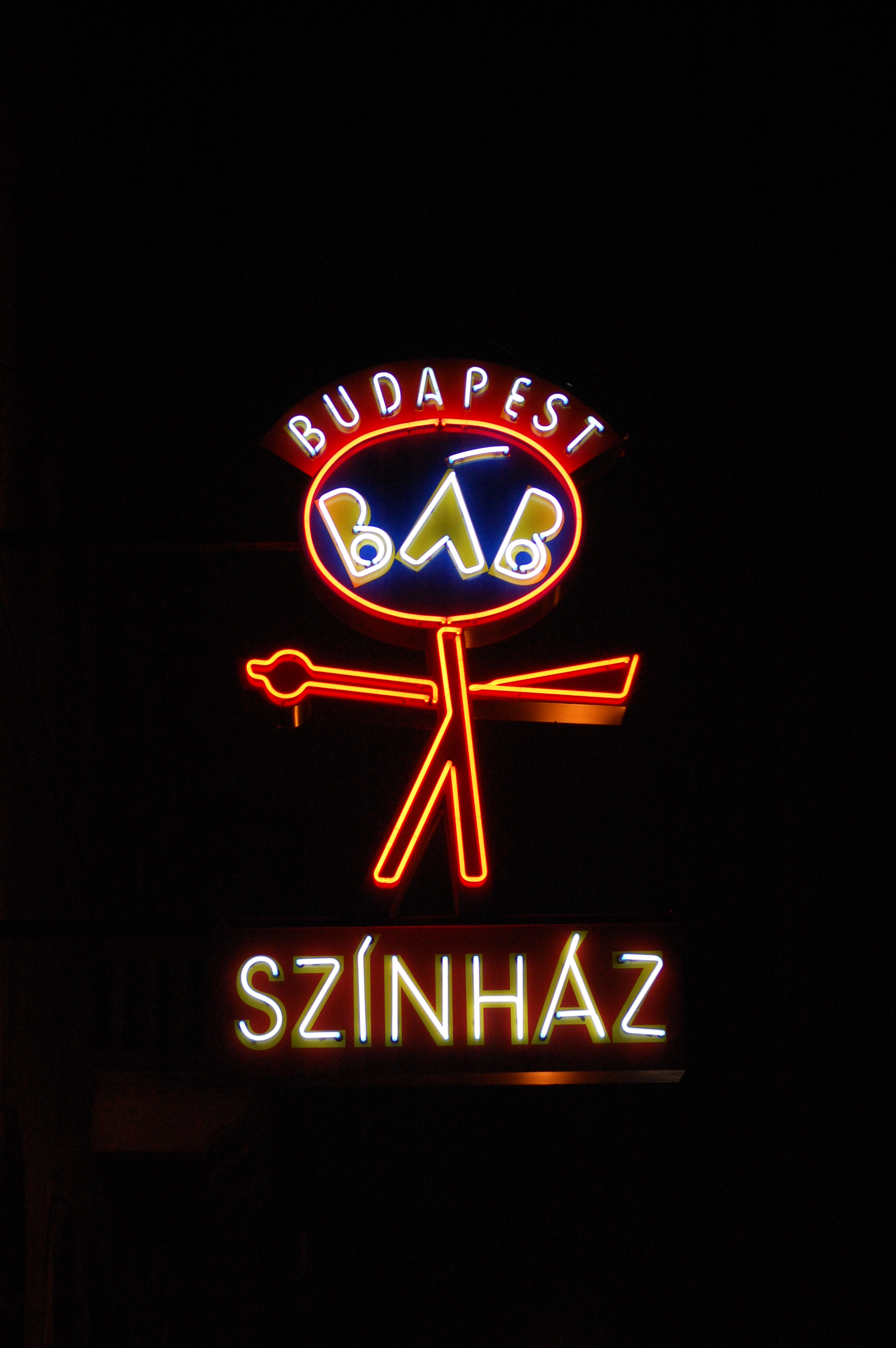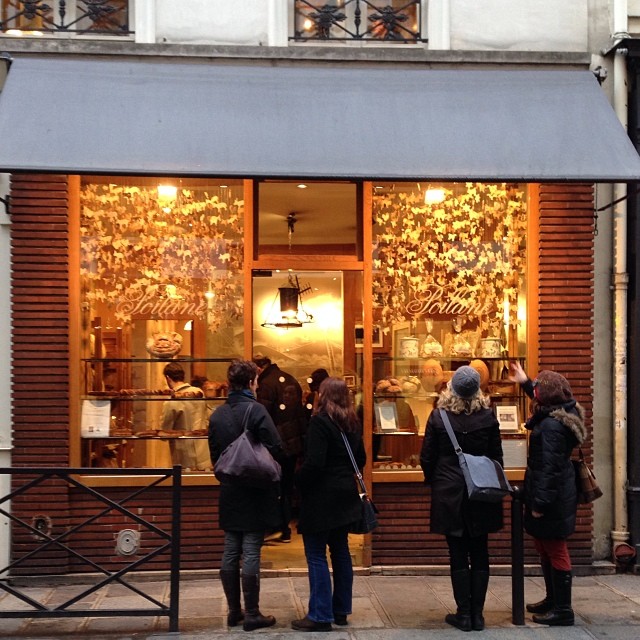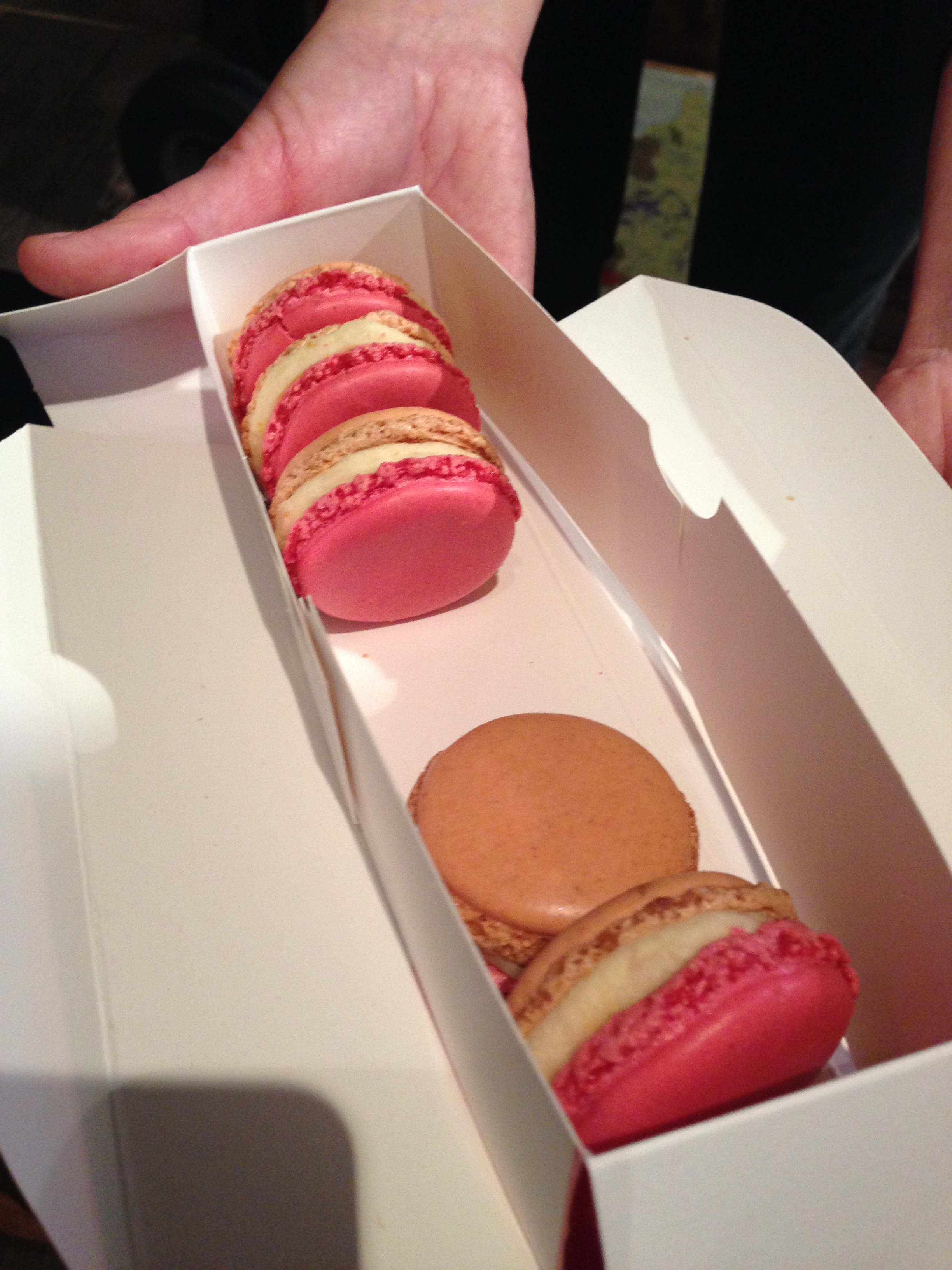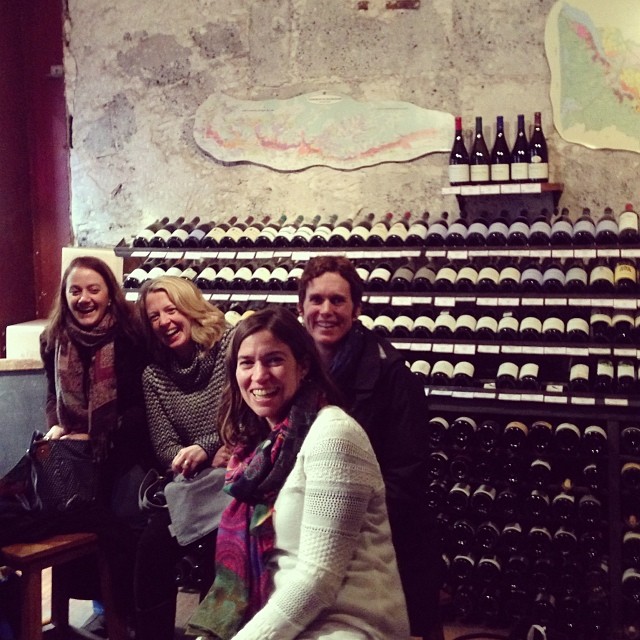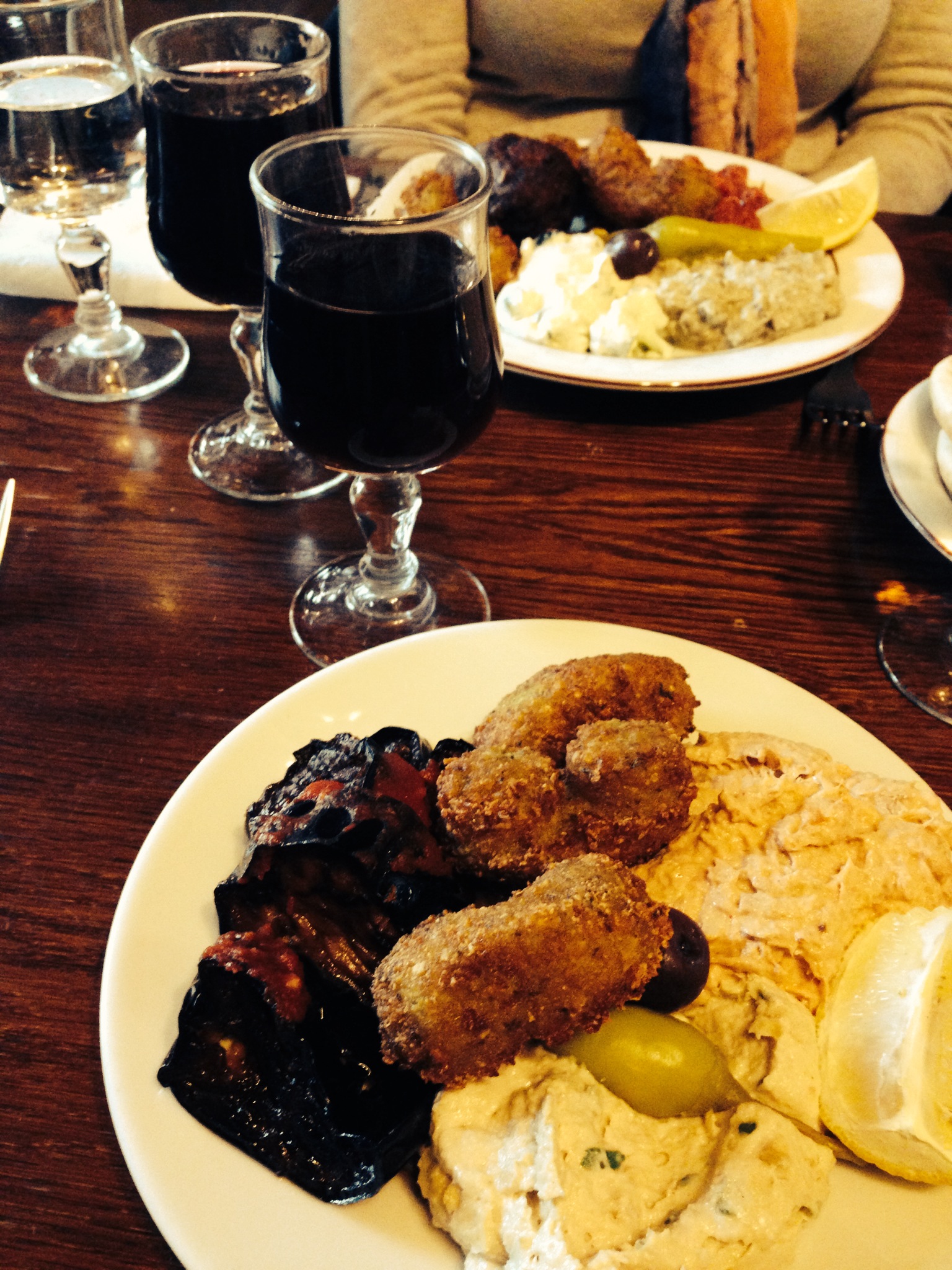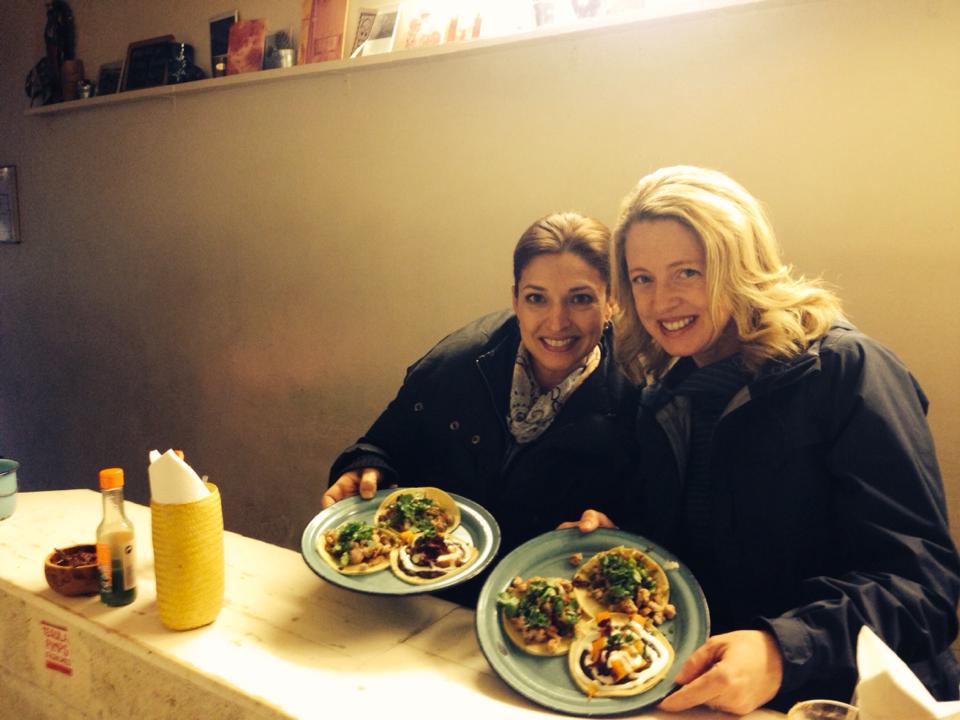Bacon Sandwich at St. John Bread & Wine
Having done a food tour recently in Paris, I’ve realized that a guided walking food tour is one of the best ways to experience a new city. You’ll never be able to eat through all the places you want to try when visiting a new city, but a food tour can “microwave” some of the best food a city has to offer in less than four hours. With my second food tour – this time in London -- now under my belt (literally), I’m officially a food tour fan.
In addition to getting small bites of lots of different foods, you don't have to commit to something like a full order of mushy peas if that's not your thing or since you're likely to only want to have English pudding once -- you want that one time to be worth it. You also don't have to worry about making multiple reservations, paying at the end of the meal -- all things which slow you down when you are trying to see a lot in a new city. Also if you consider the price of the food tour to be a full lunch + a guided tour, it's really not that expensive.
The food scene in London is off the hook and so there are a number of food tours to choose from. I decided on the Eating London food tour in the East End as it was a neighborhood I was interested in getting to know better. Home to Brick Lane and its more than 50 curry shops, previously the Jewish community and now the hipsters and artists, it’s a neighborhood in transition and one that reminded me a lot of Capitol Hill in Seattle. Different than the Paris by Mouth food tour where we hunted and gathered food (bread, cheese, chocolate, macaroons) and then stopped once in a wine shop to have all our goodies paired with wines, this tour involved eight separate eating stops. (Both approaches are fun, just different.) The diversity of the stops illustrates the excitement that’s happening in food in London.
- St. John Bread & Wine – bacon sandwich (award winning restaurant)
- The English restaurant – bread and butter pudding (historic restaurant)
- Androuet – three English cheeses (run by some French expats)
- Poppies – fish, chips, and mushy peas (Poppy recently won best fish& chips in London)
- Pride of Spitalfields – ale and cider (an old school pub home to the famous cat Lenny)
- Brick Lane’s Aladin – three curries (vegetable, chicken, and lamb curry in increasing degrees of heat)
- Beigel Bake – salted beef bagel (most famous bagel shop this side of Atlantic opened 24/7)
- Pizza East – salted caramel tart and English tea (a hipster hangout where you can’t take photos of the decor)
Upsides: the food (all of it is good), the quantity of the food (you won’t be hungry for a big dinner), the organization (the company started food tours in Rome, added London’s East End seven months ago, and is soon adding tours in Prague and Amsterdam), the logistics (the restaurants were ready for us at every stop), and exuberance of the guides (there are only two of them doing the East End Food Tour every day but Sunday and they are knowledgeable about the area and food scene), the East End street art (which we got a good tour of as well.)
Downside: with tour groups of up to 12 people, you will not “blend in” with the hipsters. Doing it solo (my tour was four couples, me and the guide. Bring a friend.) The exuberance of the guides (occasionally an unnecessary, goofy scripted joke sneaks in.) You’ll be craving a bacon sandwich the next morning.
Actually I did eat dinner that night… because it’s London and you can’t pass up a dinner. Brett was working long days the four days I was there, but we were able to meet up for late dinners. Recommending a restaurant in London is like being asked to pick your top three U2 songs. There are too many good ones to choose from, but here are three that we really liked for the food and the experience:
1. NOPI (Soho). NOPI is Yotam Ottolenghi’s, the author of Jerusalem and Plenty cookbooks, restaurant in Soho. If you know those cookbooks, you know how unique Ottolenghi’s Middle eastern/Asian cooking is and how beautifully he puts vegetables on center stage. The food was outstanding; though service was a bit slow. Pick a day when you have time to linger or aren’t trying to make it to the theater.
2. Chor Bizarre (Mayfair). Our favorite Indian in Mayfair. Come hungry and get the Thali (the sampling of 6 different dishes along with cucumber riata and naan.) There is a meat and vegetarian Thali.
3. The Modern Pantry (Clerkenwell). This modern European restaurant was right across the street from our hotel, but it’s also a destination restaurant. Seasonal food done really well.

